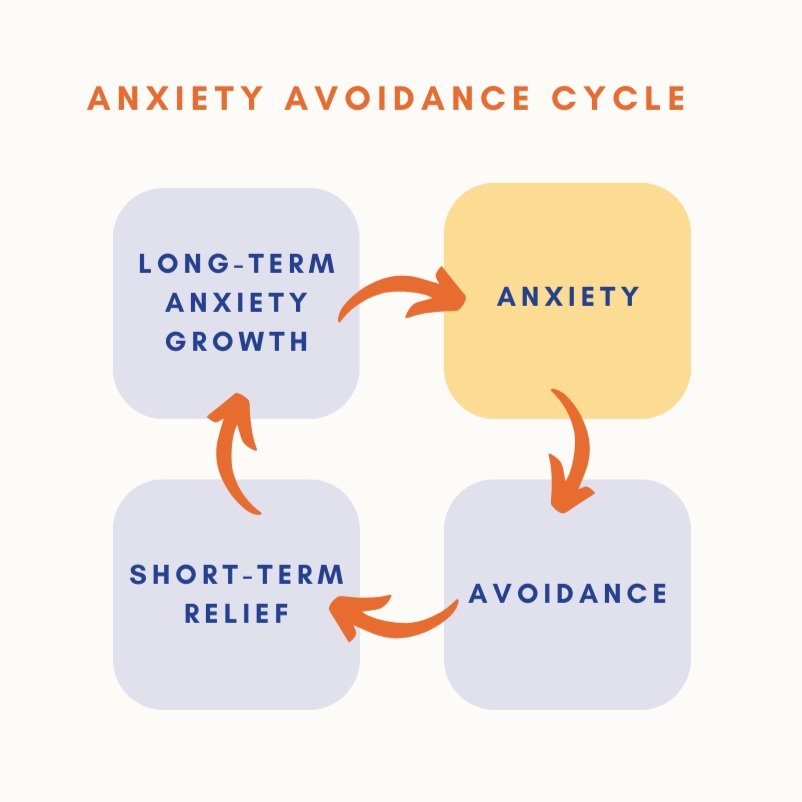Anxiety - A Barrier to the Learning Mindset
One way that organisations can promote a psychologically safe workplace is through the ‘learning mindset’. Psychological safety is a culture of candour, where employees feel safe to take interpersonal risks. This includes raising concerns, providing feedback and being open about mistakes. The term Psychological Safety is often confused with other similar sounding terms such as psychosocial hazards or risk and employee well-being. Although it has appeared in research literature over the past 3 decades, we are hearing a lot more about it now as employees and leaders become increasingly aware of the connections between psychology, behaviour in the workplace, inclusion, and performance.
At Diversity Inclusion, we are interested in the connection between psychological safety, and capitalising on, diverse and inclusive workplaces. We believe that the concepts of inclusion and belonging at work are closely tied to the degree to which people feel psychologically safe. So, how do you foster psychological safety at work? Largely, this rests with managers and leaders, and one way they can encourage it in their teams is through the learning mindset.
The learning mindset involves approaching problems, mistakes or failures at work from the perspective of curiosity. Instead of blaming others or avoiding the problem, it encourages a rational and positive approach to resolving the issue whilst focusing on preventing it from reoccurring. This approach also accepts that things will and do go wrong at work. This is simply the nature of work, particularly for leaders, in the 2020s when they are trying to solve new, complex and uncertain issues that the world is facing. There are many benefits that arise when the learning mindset is applied at work. These include resolving the issue and preventing reoccurrences, thereby saving organisations time and money. Other positives may include improved team effectiveness and employee engagement. Despite these benefits, there is a barrier to applying the learning mindset at work; anxiety.
We recently delivered our Psychological Safety Program with a group of international leaders. We asked them to share what they fear most when something goes wrong at work (see word cloud below). The leaders’ responses included ‘being fired’, ‘the CEO’, ‘being blamed’, ‘loss of influence’, ‘retribution’, ‘reprisals’, ‘humiliation’, and ‘that I am not good enough’. As psychologists, we know that fear is usually associated with anxiety which is defined by the Australian Psychological Society as ‘a natural and usually short-lived reaction to a stressful situation associated with feelings of worry, nervousness or apprehension.’ According to our leaders, things going wrong at work, such as mistakes and failures, are often associated with the fear of very stressful potential consequences such as job loss, reputational damage, and imposter syndrome all of which are likely to be anxiety provoking. So, when people are faced with failures at work and the associated fears and potential consequences, what do they do?
Avoidance is a common coping strategy for anxiety. The following anxiety/avoidance cycle shows how this works in practice.
For example, a client provides negative feedback on a recent project you led with your team. You experience some negative thoughts such as ‘I will be blamed’, ‘I will be fired’, and ‘It was only a matter of time before they found out I wasn’t up for to the job’ which leads to anxious feelings. Symptoms of anxiety include difficulty concentrating, restlessness, rapid heartbeat, trembling/shaking, feeling light-headed/faint, numbness, nausea, and sweating. Even if you only experience mild symptoms, you are likely to feel uncomfortable and this often leads to avoidance. In this example, avoidance might include not speaking to the client, your team or manager, working from home or taking time off work. While this can provide some relief in the short-term of these uncomfortable feelings and symptoms, in the longer term our anxiety is likely to increase.
Working with our clients, we observe a genuine willingness and rational support for applying the learning mindset. It makes very good sense to them that when things go wrong, we should approach with curiosity, avoid blame and identify what can be done differently in the future to avoid a repeat. However, the data we collect, reveals that many organisations are not fostering a learning mindset across their workforce. Instead, managers and leaders share that due to the operational pressures of their work, there is not time to reflect on past experiences. Instead, we propose that it is more likely anxiety is creating the real barrier to the learning mindset.
So, if anxiety is a natural response to things we fear, and avoidance is a common coping strategy, what can we do to foster a learning mindset? Here we share 6 approaches you can take in your organisation to foster the learning mindset and overcome avoidance as a barrier and help foster a climate of psychological safety;
Acknowledge that all employees are likely to feel anxious when things go wrong, even the most senior of leaders.
Raise awareness of anxiety and its symptoms so employees can recognise them.
Promote alternative anxiety coping strategies as alternatives to avoidance e.g., talk with a trusted colleague or person outside of work, go for a walk, use the organisation Employee Assistance Provider etc.
Raise manager and leaders’ capability to recognise anxiety in themselves and others and identify and replace avoidance with more effective coping strategies
CEOs and Human Resource professionals should avoid punishing employees unfairly when mistakes and failures occur (please note, we are not suggestion that in cases where employees are in breach of the law or their contract, or where harm is casused,, that action should not be taken).
Normalise,prioritise and reward processes that promote the learning mindset into operating procedures e.g., team reflection at project completion irrespective of whether it succeeded or failed.
Interested in empowering your employees to foster psychological safety and the learning mindset? Chat to us!
References
https://amycedmondson.com/psychological-safety/
https://psychology.org.au/for-the-public/psychology-topics/anxiety


